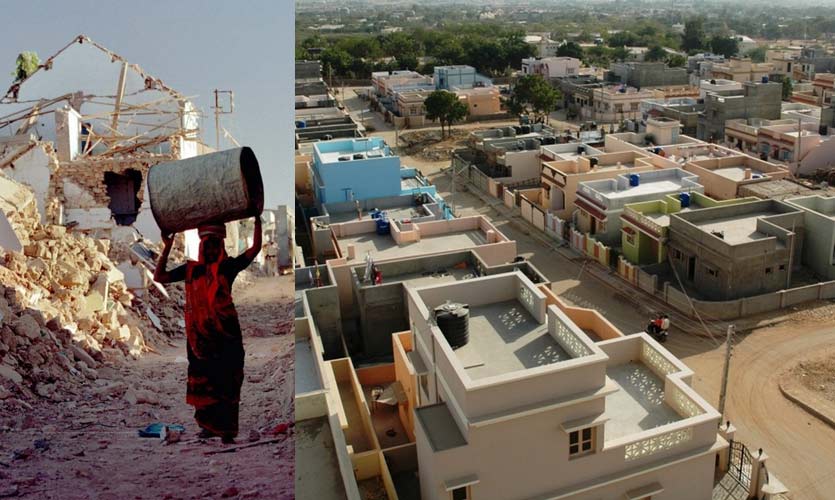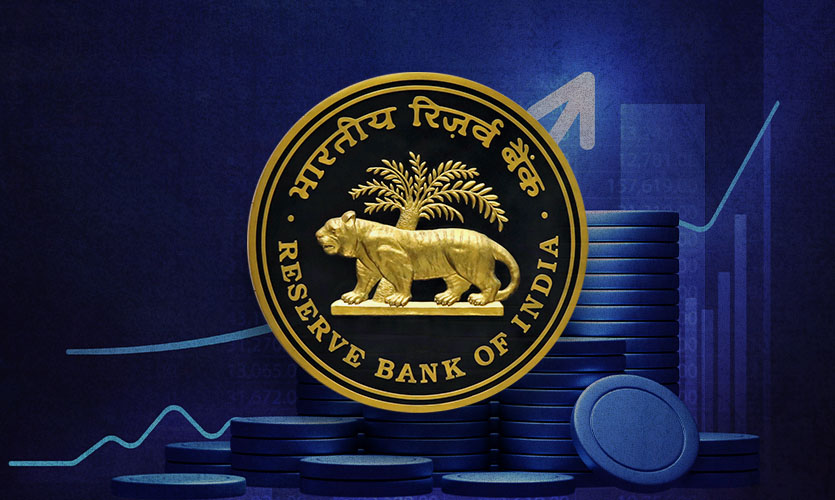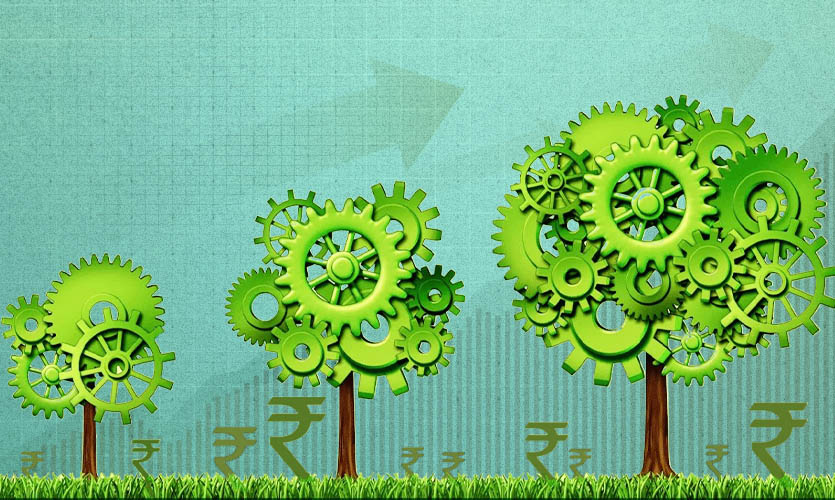On this day in 1960, the erstwhile state of Bombay was divided linguistically, resulting in the formation of two states, Gujarat and Maharashtra. After the notion for a separate region was first floated in 1928 in a magazine named Kumar, the state of Gujarat was formally established in 1960. KM Munshi, a writer and freedom fighter, had proposed the idea of Mahagujarat initially, during a meeting of the Gujarat Sahitya Sabha in Karachi, in 1937.
The Formation
The British Raj’s supremacy fell with the enactment of the Indian Independence Act, 1947, and Indian states resumed the status they had held before the crown acquired authority. Sardar Vallabhbhai Patel’s efforts ensured that most of the states located within the territorial boundaries of the dominion of India came together to form the nation. States that were geographically adjacent were merged into provinces, converted into centrally administered zones, or consolidated to form five unions.
The states were divided into Parts A, B, and C of the 1949 Constitution, and Territories were listed under Part D. States in Part A were the former governors’ provinces of British India. Bombay was among them. The state of Bombay included parts of modern Maharashtra, Gujarat, and Karnataka. As a result of the recognition that a grouping of states based on political and historical considerations did not satisfy linguistic and cultural aspirations, the SK Dhar Commission and the JVP Committee were appointed in 1948, both of which felt that reorganising states based on language would not be desirable.
The Telugu-speaking parts of Madras state took up a powerful agitation in 1953, which led to the creation of the state of Andhra Pradesh. Henceforth, state boundaries in India were redrawn through the States Reorganisation Act, passed by the Parliament in 1956.
As a result of the Act, the boundaries of Bombay were altered, with some Kannada-speaking areas absorbed by Mysore state, while other areas, such as Marathi-speaking Marathwada and Vidarbha, Gujarati-speaking Saurashtra, and Kutchi-speaking areas of Gujarat, were added to Bombay. This new state was bilingual and included areas that spoke Kutchi and Konkani. Throughout 1956, the Mahagujarat Movement called for a separate state of Gujarat for Gujarati-speaking people in the state of Bombay. Parallelly, the Samyukta Maharashtra Movement led the campaign for a separate Marathi-speaking state, with Bombay as its capital.
As a result of these agitations, the Parliament passed the Bombay Reorganisation Act, which stated, “As of the appointed day (May 1, 1960), a new state known as Gujarat shall be formed out of the following territories from the State of Bombay, namely… and thereupon, the said territories shall cease to be a part of the State of Bombay, leaving the residual State of Bombay as the State of Maharashtra.”
The Growth
Gujarat has always been one of the fastest-growing states. It has achieved agricultural progress, despite receiving inadequate rains. Unlike Punjab and Haryana, which began the first Green Revolution with government assistance, Gujarat’s agrarian revolution was achieved by market forces. Gujarat has mastered the knack of spinning every disaster and sorrow into an opportunity. Despite the plague in Surat and the earthquake in Kachchh, the state’s economic development rate has increased during the last 15 years.
Gujarat accounts for 7.6 percent of India’s GDP and 22 percent of its exports, while having just 6 percent of the country’s landmass and 5 percent of its people. Its yearly growth rate of the Gross State Domestic Product (GSDP) averaged at approximately 10 percent, between 2001 and 2013 (growth has subsequently slowed), which is faster than India’s overall GSDP growth rate. Gujarat’s per capita GSDP has grown at an annual pace of 5.1 percent, between 1980 and 2013. To put it in perspective, if Gujarat were a nation with a population of 10 million or more, this would be the world’s third-fastest growth rate, after only China and South Korea.
Cash crops like cotton, oilseeds, and tobacco have dominated the farm growth narrative in the agricultural sector. A milk revolution and large-scale fish exports have been accompanied by a tremendous horticultural expansion, and a substantial improvement in agricultural production. Despite water shortages, agricultural turnaround was achieved, with growth rates as high as 11.1 percent, between 2000 and 2013.
Gujarat’s excellent governance tale, on the other hand, suffers a setback when it comes to inclusive growth and social sector development. Gujarat is a “model state” in terms of economic growth, but a “middle state” in terms of social sector growth. The state’s agricultural and manufacturing growth is in the double digits, but Gujarat’s placement on key social sector rankings is consistently between 9 and 12. This is true regardless of how the measurements are performed. Education, health care, and other social sectors have risen considerably more slowly. The challenge for Gujarat’s leaders is to discover methods to achieve inclusive growth, while maintaining the state’s extraordinary growth rate.
In terms of health, there have been recent epidemics of swine flu and the Zika virus, whereby the CAG has criticised the state’s response. In 2017, almost 2,500 individuals were hospitalised for swine flu across Gujarat’s medical centres, with 343 fatalities reported. Although this was a huge improvement from the previous year, when 517 fatalities were documented, it still ranked badly in comparison to other states. Delhi had recorded over 1,000 cases that year but just four deaths, whilst Tamil Nadu had reported 2,956 cases and 15 deaths. Gujarat’s fiscal allocation for health care services has been decreasing over time, falling from 5.59 percent of the overall state budget in 2015-16, to 5.06 percent in 2017-18. The Gujarat government spends less than 1 percent of its GDP on healthcare, and its revenue in public health spending is the least in India, trailing only West Bengal and Uttar Pradesh (Punjab, Himachal Pradesh and Tamil Nadu emerge as the stars). There are some indicators that funding for the National Health Mission and public health in Gujarat is being reduced.
Though Gujarat has been a brilliant beacon of India’s economic progress, constantly ranking well in state metrics for growth and ease of doing business, it is frequently delinquent over social indicators. The CAG has chastised the Gujarat government for lack of medical personnel in the state, poor facilities, and insufficient critical drugs. Gujarat’s suicide death rate, in particular, has risen over the previous three decades, whereas the conditions have improved in all other Indian states except Rajasthan and Bihar. Two key reasons cited for the degradation in Gujarat are an increase in sexual assaults, and mental illnesses.
Gujarat has demonstrated that it is capable of sustainable and rapid growth. The state’s goal now, should be to enhance its education and health sectors with haste, to remove the impediments posed to its social progress.
Read more: World Bank Slashes India’s Growth Forecast For 2022-23










